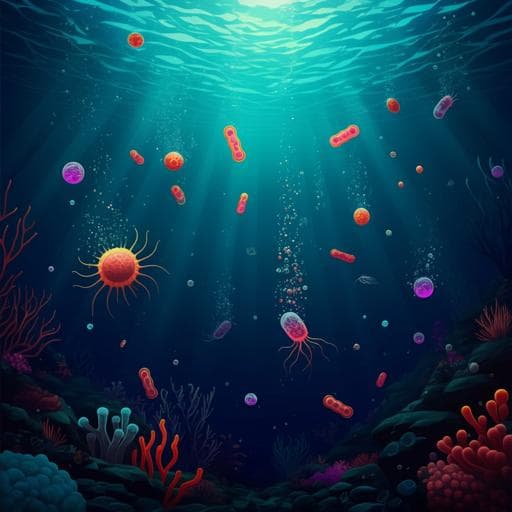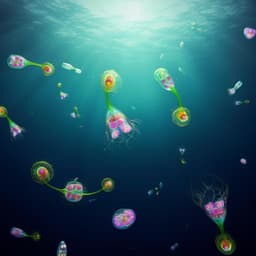
Earth Sciences
Microbes contribute to setting the ocean carbon flux by altering the fate of sinking particulates
T. T. H. Nguyen, E. J. Zakem, et al.
Discover how microbial dynamics impact the vertical flux of particulate organic carbon in our oceans. This groundbreaking research by Trang T. H. Nguyen and colleagues explores the complex interactions that control carbon transfer to depths, revealing crucial insights for global carbon cycling and climate predictions.
~3 min • Beginner • English
Related Publications
Explore these studies to deepen your understanding of the subject.







